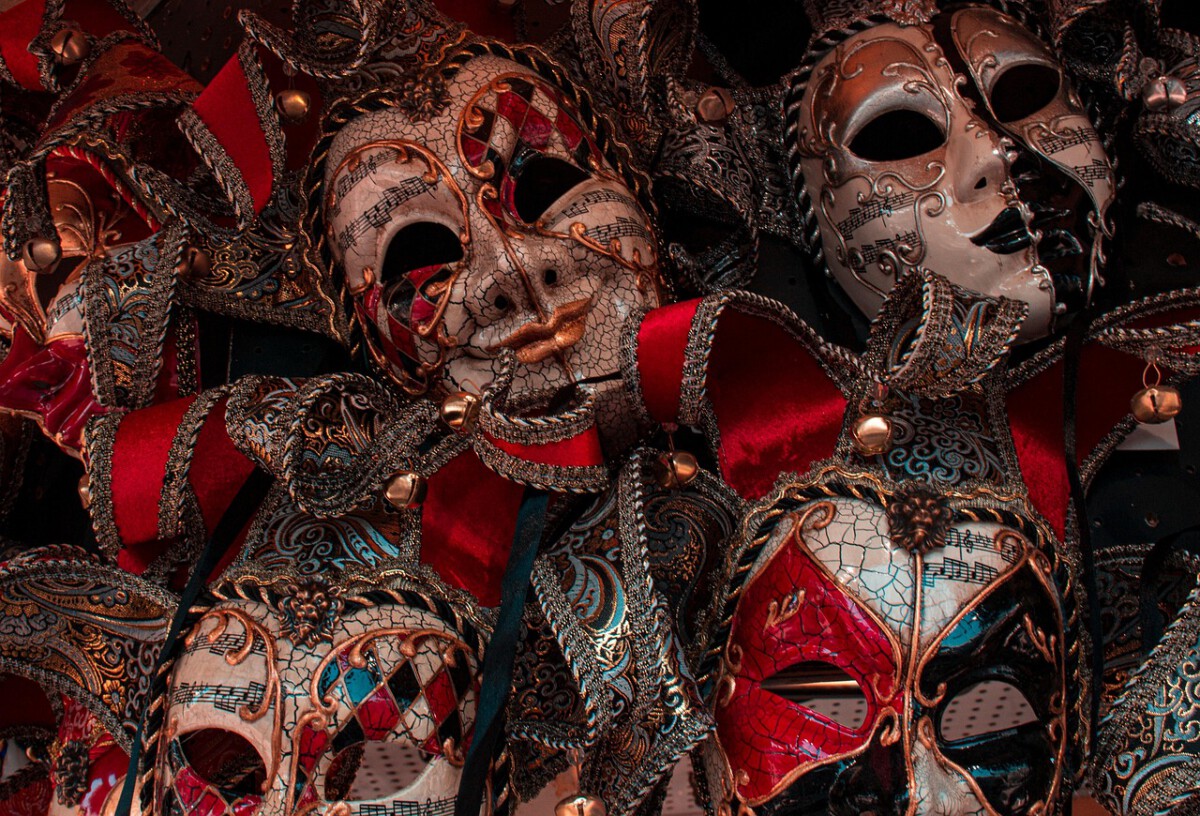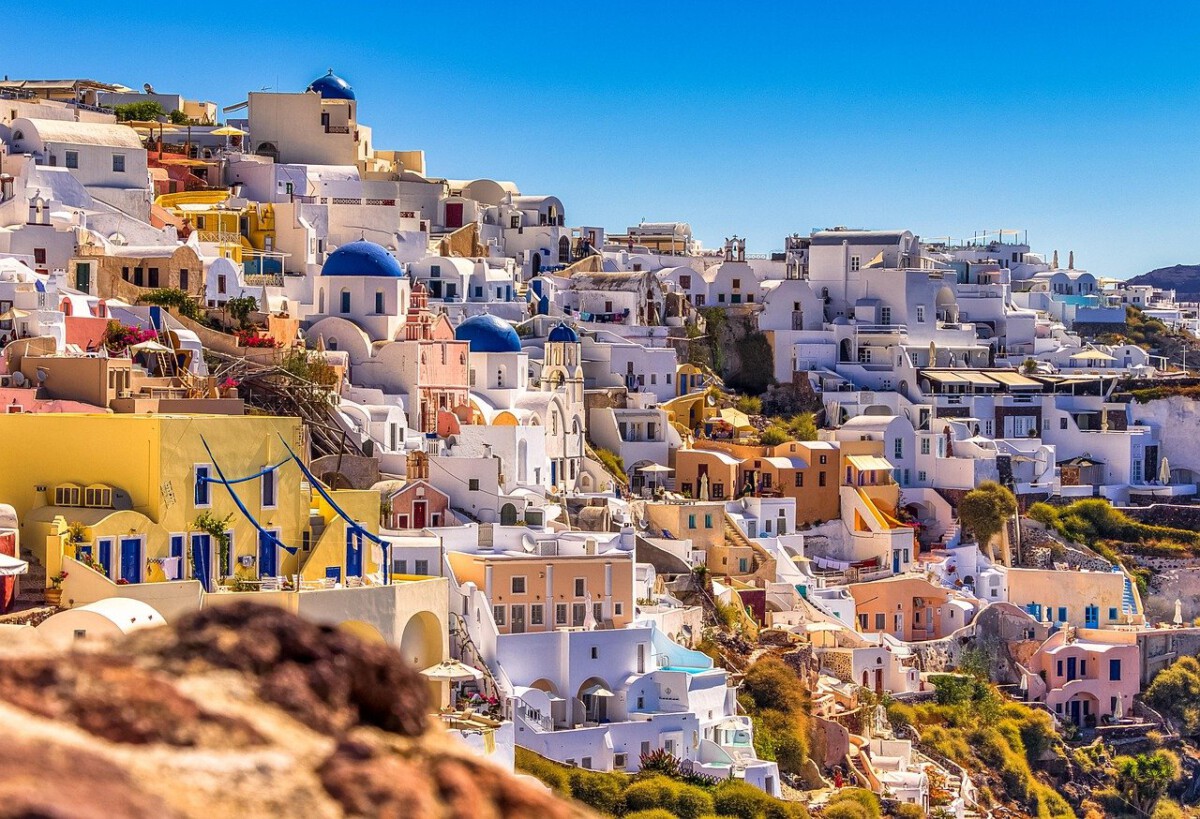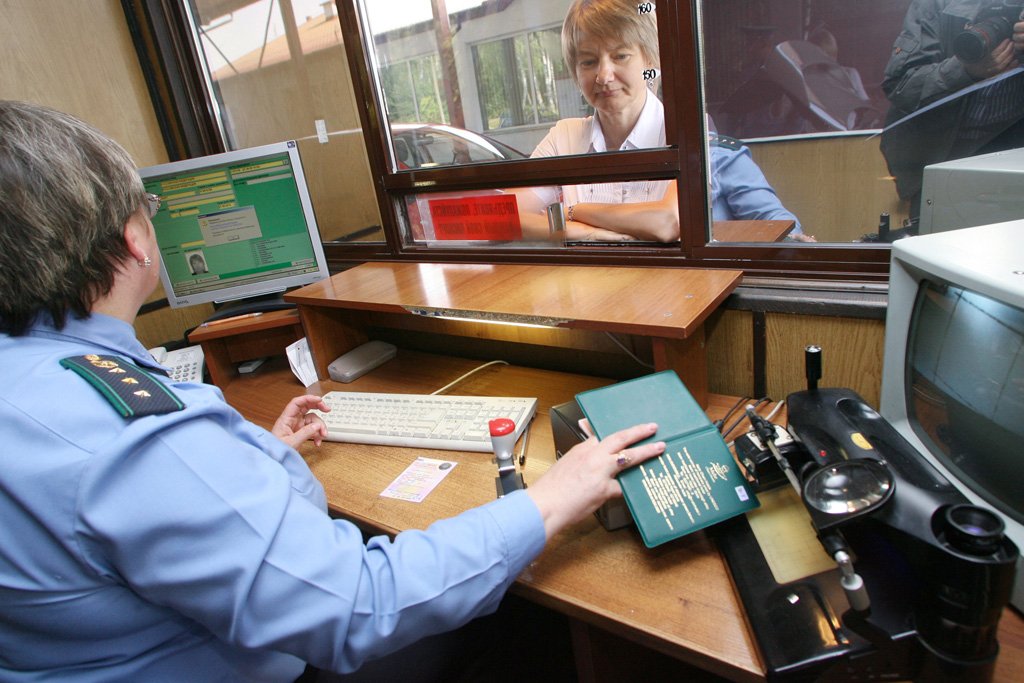Major Funding Transforms the Arts Landscape

Oklahoma’s arts scene just received a massive boost that has everyone talking. Nearly 200 arts organizations across Oklahoma are sharing $10 million in state American Rescue Plan Act (ARPA) relief funds, with the grants being distributed to 182 organizations in communities of all sizes in every part of the state. This historic funding level represents a turning point for creative communities that faced unprecedented challenges during the pandemic. The money is being distributed almost evenly between rural and urban areas, showing the state’s commitment to supporting arts in every corner of Oklahoma.
What makes this funding particularly impressive is its comprehensive reach. The number of grants will be nearly evenly distributed between rural and urban areas—87 rural organizations and 95 urban organizations are being awarded grants. This balanced approach ensures that small town theaters and big city museums alike can continue their vital work in their communities.
Oklahoma Ranks Second Nationally in Arts Growth

The numbers don’t lie when it comes to Oklahoma’s explosive arts growth. Data from the National Endowment for the Arts (NEA) and Bureau of Economic Analysis (BEA) found that Oklahoma showed notable growth in arts and cultural production, ranking 2nd in the nation for value-added growth. This remarkable achievement puts Oklahoma ahead of arts powerhouses like California and New York in terms of growth rate. The state’s diverse cultural heritage and growing creative workforce are driving this unprecedented expansion.
This ranking isn’t just a one-time achievement either. Oklahoma added 2 percent or $4.8 billion to the state economy from arts and cultural production and employed 42,292 workers in the arts and cultural industries, with workers earning wages and benefits totaling more than $2.7 billion. These statistics show that Oklahoma’s arts sector isn’t just growing fast—it’s becoming a major economic force that employs tens of thousands of people.
World-Class Festivals Draw National Attention

Oklahoma’s festival scene has reached new heights of recognition and attendance. Festival of the Arts, one of Oklahoma’s longest-running annual events is receiving national recognition while being named a Top 25 Fine Arts Festival. This prestigious designation places Oklahoma City’s signature arts event among the best in the entire country. The festival, which has been running since 1967, continues to evolve and attract top-tier artists from across the nation.
The Paseo Arts Festival has also gained impressive momentum, transforming into a major cultural destination. More than 60,000 visitors will experience the talents and tastes of this three-day festival that serves as the Paseo Arts Association’s largest annual event, supporting art programs and events in the Paseo year-round. The Paseo Arts Festival features more than 85 nationally acclaimed visual artists, 52 musicians and 20 food and drink vendors. These attendance figures rival major metropolitan festivals and demonstrate Oklahoma’s growing reputation as a cultural destination.
Oklahoma City’s Economic Arts Impact Reaches Record Levels

The economic impact of arts in Oklahoma City has reached staggering proportions that are getting national attention. According to the report, nonprofit arts and culture organizations and their audiences contributed $872.8 million to the state economy in 2015. In the greater Oklahoma City area, the nonprofit arts sector pumped $602.7 million into the economy. These figures represent massive growth from previous studies and show how arts organizations are becoming major economic drivers.
What’s particularly impressive is how arts audiences contribute to the local economy beyond ticket sales. $220.4 million: Direct spending by greater OKC nonprofit arts and cultural organizations, $382.2 million: Spending by greater OKC nonprofit arts and cultural audiences, $602.7 million: Total economic impact in greater OKC. This multiplier effect means that every dollar spent on arts programming generates additional economic activity throughout the community.
Tulsa’s Museum Scene Undergoes Major Transformations

Tulsa’s cultural institutions are experiencing unprecedented growth and recognition. Philbrook Museum of Art announced today that after an intensive national search, its Board of Trustees voted unanimously to promote Megan Nesbit to the role of President and CEO. This leadership change comes at a time when the museum is expanding its programming and attracting record visitor numbers. The Philbrook has become a destination that rivals major metropolitan museums with its world-class collections and stunning grounds.
The Gilcrease Museum continues to build its reputation as a premier American art destination. Gilcrease Museum houses a comprehensive collection of the art, culture and history of North America. View over 28,000 art, archival and anthropological objects. View over 4,600 new online collections items. The museum’s digital expansion and growing collection make it accessible to audiences worldwide while maintaining its position as Oklahoma’s crown jewel cultural institution.
Native American Arts Preservation Gains National Recognition

Oklahoma’s commitment to preserving and celebrating Native American arts is receiving widespread attention. ArtsHERE Grant Spotlight: Art Maker (Pawhuska, Oklahoma) We spoke with Art Maker’s Randy Tinker Smith (Osage Nation) about the organization’s dedication to preserving Osage Nation heritage through dance & the vision for expanding arts education and participation for the next generation. This focus on indigenous arts preservation sets Oklahoma apart from other states and demonstrates the deep cultural roots that make the state’s arts scene so unique.
The integration of traditional and contemporary Native American arts creates something truly special in Oklahoma. We talk with photographer Keli Mashburn (Osage) and film and sound artist Marcella Ernest (Ojibwe), longtime friends who collaborated on the beautiful, disorienting film “Ga.ni.tha,” which mixes photographs of the Oklahoma landscape with audio and video of ceremonial dances, song, and prayer. These collaborations between traditional and contemporary artists are creating groundbreaking works that are gaining national and international attention.
Arts Education Programs Show Remarkable Results

Oklahoma’s arts education initiatives are producing results that have educators nationwide taking notice. Students with four years of arts education in high school score significantly higher on college entrance exams than students with little or no arts education. Arts education has been shown to increase performance in non-arts subjects like math and science. These measurable improvements in academic performance are driving increased support for arts programs in schools across the state.
The ripple effects of quality arts education extend far beyond test scores. Other proven benefits include an increase in school attendance and civic engagement, and a decrease in anti-social behaviors. Schools with strong arts programs are reporting better overall student outcomes and increased community engagement, creating a compelling case for continued investment in arts education.
Small Town Arts Initiatives Create Big Impact

One of the most exciting developments in Oklahoma’s arts scene is the growth happening in smaller communities. Clinton, Oklahoma, has been announced as one of only a handful of communities nationwide selected for the 2023–2025 Levitt AMP [Your City] Music Series. Through the program, which includes a $90,000 multi-year matching grant award, the western Oklahoma community will present 10 free outdoor concerts annually for the public in 2023, 2024, 2025. This selective national program choosing Clinton demonstrates how even small Oklahoma towns are being recognized for their arts potential.
The success of programs like this is inspiring other small communities to develop their own arts initiatives. The goal of the Levitt program, which serves small to mid-sized towns and cities, is to inject new life into public spaces and create vibrant community destinations. For the Clinton concerts, Scissortail Productions—the nonprofit partner on the project—will present bands in a historic WPA-era bandshell in McClain-Rogers Park, with the goal of rejuvenating the Route 66 community’s history as a hub for arts and culture in western Oklahoma. These projects are proving that you don’t need to be in a major city to create world-class cultural programming.
Professional Artist Programs Attract National Talent

Oklahoma is becoming a magnet for serious artists through innovative fellowship and residency programs. The nationally recognized Tulsa Artist Fellowship program is accepting applications for its 2025-2027 cohort. Tulsa Artist Fellows receive three core areas of support, including a $150,000 stipend paid over three years, a housing stipend, and fully subsidized studio space in the the Tulsa Artist District or Greenwood District. This level of support rivals programs in major art centers like New York and Los Angeles, making Oklahoma competitive for top artistic talent.
The program’s comprehensive support system goes beyond just money. Additional support may be available for a studio assistant, health and wellness stipend, childcare, and more. This holistic approach to supporting artists is attracting applications from across the country and helping establish Oklahoma as a serious destination for professional artists looking to develop their careers.
Arts Infrastructure Continues Major Expansion

The physical infrastructure supporting Oklahoma’s arts scene is undergoing remarkable expansion. In 2020, the Paseo Arts Association created the Paseo Arts & Creativity Center (PACC) located in the heart of Oklahoma City and the Paseo Arts District. The PACC is home to three art gallery spaces that hold monthly art exhibits, 10 artist studios and a gift shop. This centralized arts facility provides artists with professional spaces and gives the public multiple venues to experience contemporary art.
The impact of improved facilities is measurable in programming growth. The Paseo Arts Association hosts 30 art exhibitions by local Oklahoma artists every year, including five juried shows and art workshops on a variety of mediums. We also organize the Robbie Kienzle Artist Workshop Series, teaching professional development for artists. This level of programming rivals what you’d find in much larger cities and provides Oklahoma artists with professional development opportunities they previously had to seek elsewhere.
Tourism and Cultural Heritage Drive Economic Growth

Oklahoma’s arts scene is becoming a major draw for cultural tourism from around the world. Tourists from all over the world come to Oklahoma to attend arts and cultural events and learn about our proud traditions. The arts offer an engaging way to teach children and students about our history. This international attention is bringing new revenue streams to communities across the state and establishing Oklahoma as a legitimate cultural destination.
The state’s unique position at the crossroads of many cultural traditions creates experiences visitors can’t find anywhere else. Festivals throughout the state recall and celebrate our diverse cultural roots. From Native American powwows to Western heritage celebrations, Oklahoma offers an authenticity that draws visitors seeking genuine cultural experiences rather than manufactured tourist attractions.
Looking Forward: Sustainable Growth and National Recognition

What everyone’s really talking about is how Oklahoma has built sustainable systems for continued arts growth rather than relying on one-time initiatives. Communities that offer vibrant arts and cultural amenities are more likely to attract young professionals, retain young talent, appeal to businesses, and provide a setting where people want to live and raise families. Programs funded by the Oklahoma Arts Council provide the quality of life many people desire. This understanding that arts investment drives overall economic development is creating long-term support for continued expansion.
The transformation happening in Oklahoma’s arts scene represents something bigger than just cultural programming—it’s about creating communities where creativity thrives and people want to build their lives. The combination of major funding, growing infrastructure, professional opportunities, and authentic cultural heritage is creating a perfect storm of artistic achievement that’s putting Oklahoma on the national cultural map. Did you expect a state known for oil and agriculture to become a major arts destination?




